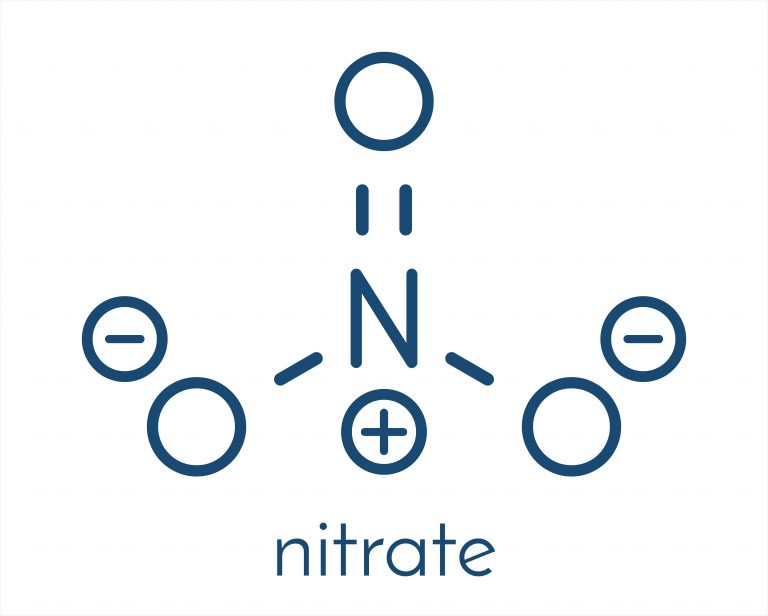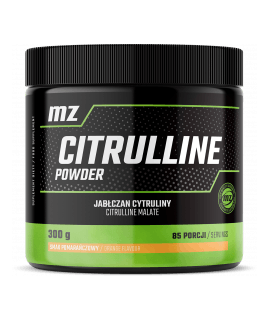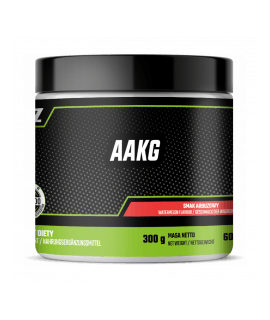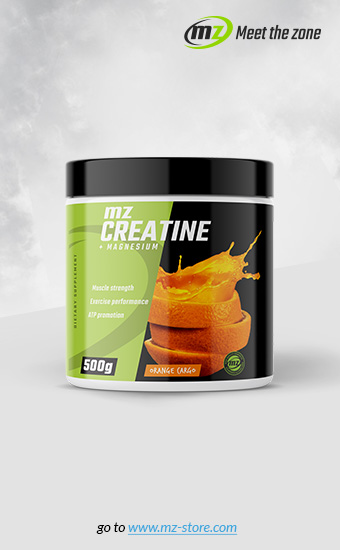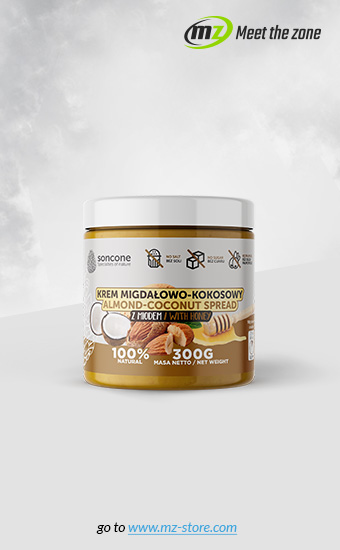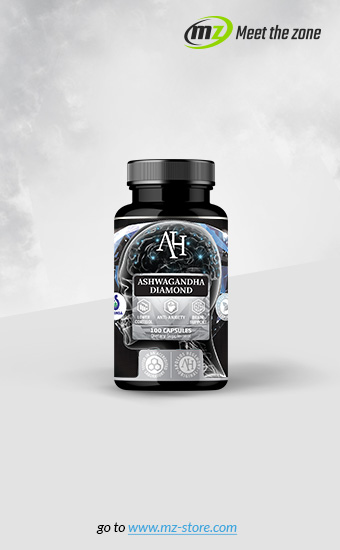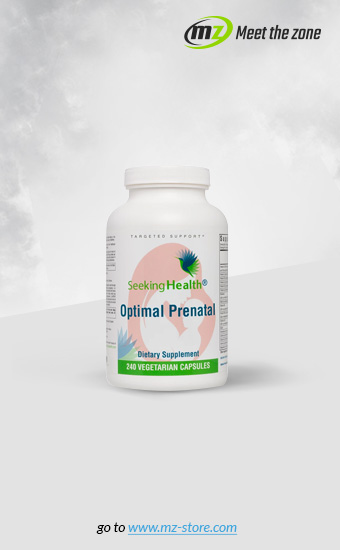People say a lot of bad things about nitrates contained in food. Indeed, there are some reasons to think that technologically processed meat products, rich in these compounds, can negatively affect our health. Does that mean, however, that nitrates are really bad? It turns out that it’s not necessarily true! Nitrates can also positively affect our body, e.g. by improving exercise capacity and - lowering high blood pressure, and all this thanks to its effect on the release of nitric oxide.
What is Nitric Oxide?
Nitric Oxide (NO), is a biologically active chemical compound with an extremely significant role for the proper functioning of many tissues, systems and organs. It has a significant impact on the functioning of the cardiovascular system.
The result of an increase in its concentrations are e.g.:
- relaxation of smooth muscle in blood vessels - reducing platelet aggregation (works as an anticoagulant),
- Increasing blood flow,
- Regulating the process of neovascularization,
- Regulating the transmission of nerve impulses,
- Supporting glucose uptake,
- Intensification of the mitochondrial biogenesis process.
In other words, Nitric Oxide can improve efficiency, decrease blood pressure, regulate glycaemia, activate the process of creating new blood vessels and support the erection process. The role of this unique individual chemical is so significant and broad.
How is Nitric Oxide made?
NO is created in our body from arginine in the process catalysed by enzymes in the "NOS" group. Hence exists a practice that is based on taking the mentioned amino acid by athletes (and not only) e.g. before exercise, to increase production of Nitric Oxide and at the same time improve the efficiency and increase the muscle pump effect. The problem with arginine is that the effectiveness of its supplementation is relatively low. It’s different in the situation of inorganic nitrates. Up until recently, nitrates were considered very harmful compounds (now we know that this is not always necessarily true).
Substances appearing in products consumed by us, especially in root and leafy vegetables. The inorganic nitrates are converted to nitrite by the bacterial inhabiting in the oral cavity. In the gastric environment, a part of the nitrate is converted to nitric oxide, and the other part goes to the lower intestinal tract, where it is absorbed. We know beyond doubt that our body, thanks to special enzymes, has the ability to convert nitrates into nitric oxide.
This effect is stronger in the case of low oxygen availability - in other words, increase of the production of NO is noticeable when performing training of high and very high intensity. We can therefore acknowledge, that regardless of what they thought before, products such as beet juice is also a wonderful choice for strength and speed athletes!
Where can you get nitrates?
Inorganic nitrates can be found in a lot of food products of plant origin. Significantly more can be found in tubers and leaves, and significantly less in fruits. The best source for them are vegetables such as:
- Dill - 3 000 mg / kg
- Corn - 2 500 mg / kg
- Spinach - 2 100 mg / kg
- Radish - 1 900 mg / kg
- Butterhead lettuce - 1 900 mg / kg
- Swiss chard - 1 600 mg / kg
- Beetroot - 1 500 mg / kg
- Chinese cabbage - 1 400 mg / kg

As it seems, there are a lot of ways to increase the production of nitric oxide. Wanting to increase the production of nitric oxide and contributing in this way to improve the efficiency and the severity of the muscle pump effect you can just eat larger amounts of vegetables or drink juices made from them. For example, drinking a beetroot juice to the meal consumed before a training session can be an excellent way to improve the exercising ability and provide an unforgettable experience related to the strong “muscle pump”.
Detailed instructions
Ergogenic nitrate dosage is in the range of 6.4 to 12.8 mg / kg. With this knowledge you can calculate, in a relatively precise way, the dosage of the mentioned compounds for your own body weight. While doing that, it’s important to remember that the time between the consumption of food prosperous in nitrates and the release increased amounts of nitric oxide is relatively long. The first effects can be noticed after around 1-2 hours. Considering the amount of time this effect lasts, nitrates can be ingested even a few hours before the planned workout.
Interesting fact to finish on
It’s worth noting the importance of the bacteria that live in the mouth for the effective and desired conversion of nitrates. Therefore, you should not drink a beetroot juice and eating other meals containing them shortly after brushing your teeth. It’s good to hold up this part of hygiene for a while after consumption. When this is applied, the effects of this “supplementation” should be better.
